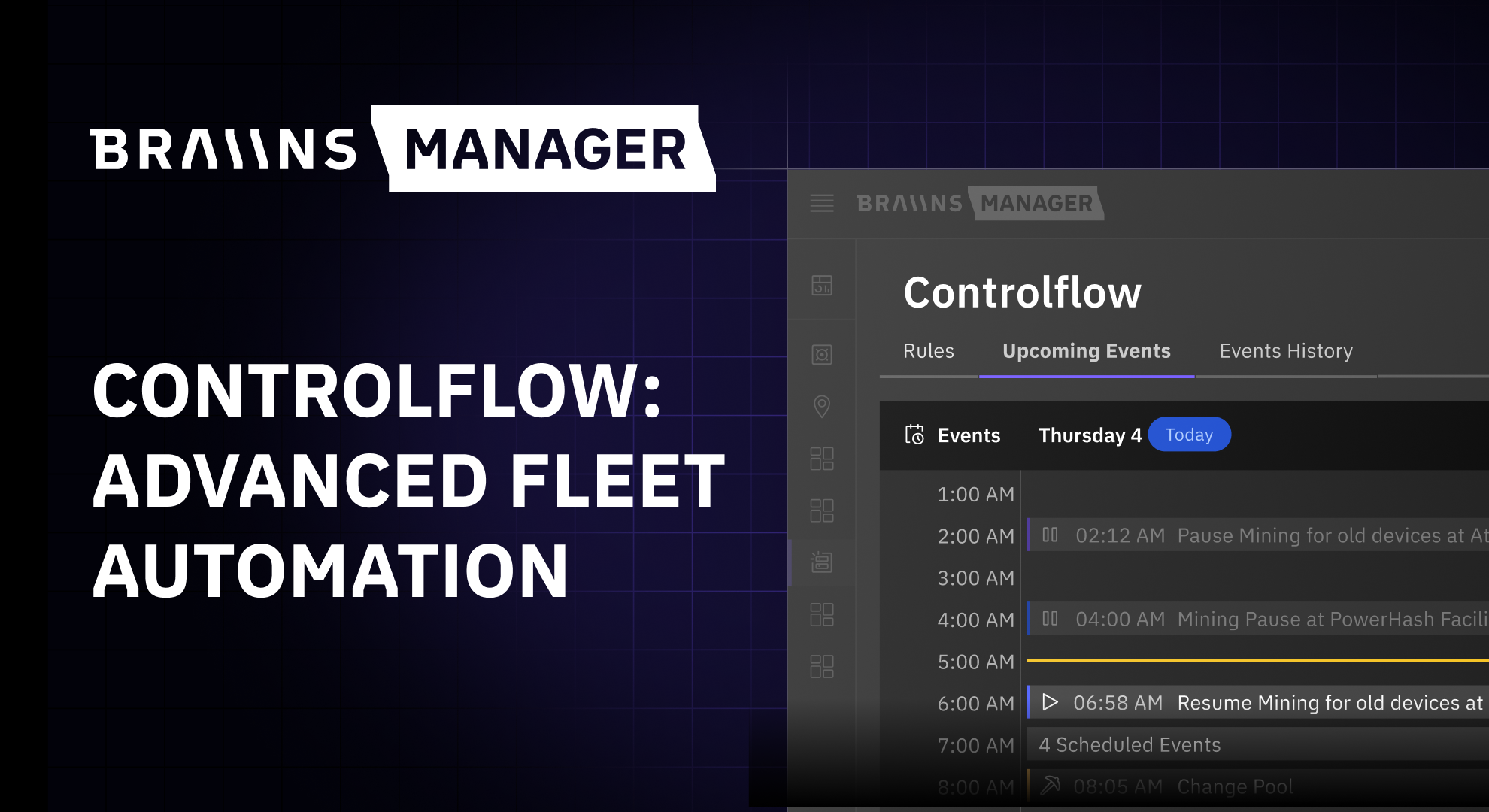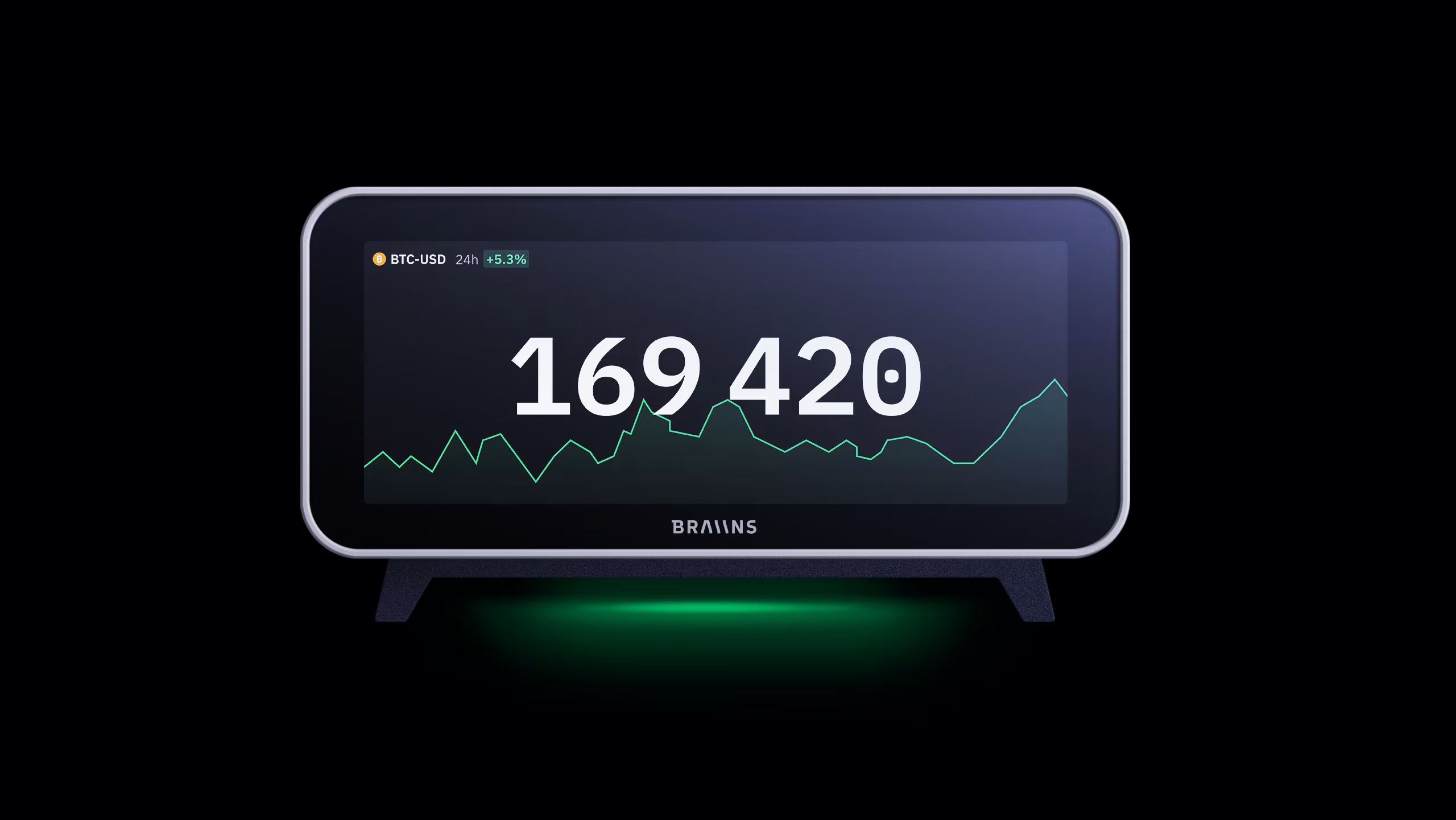Impact of Temperature on Efficiency of Antminer S19 Models
Published
21.12.2021
Sharing our findings about the relationship between temperature and ASIC efficiency (J/TH) for Antminer S19 models and the takeaways for Braiins OS users.

Table of Contents
There is an interesting phenomenon that we’ve documented with Antminer S19 devices (including sub-models like the S19j Pro) in which the temperature of the hashboards greatly impacts the efficiency of the machine.
While it’s always been the case that temperature impacts efficiency and miners must be careful to prevent their machines from overheating, previous models like the Antminer S9 and X17-generation did not have such significantly different efficiency (J/TH) levels based on temperature fluctuations within the “safe” operating range. In other words, temperature has always impacted efficiency to some extent, but the effect is greater for the S19 models than previous generations. Miners should understand this in order to optimize their facilities.
This short report will share some of our findings so that miners can understand the scope of the impact.
Temperature’s Impact on Antminer S19 Power Consumption
Below is a very small snippet of data which we’ll use to explain the data structure before zooming out to look at the bigger picture.
On the vertical axis we have the ASIC’s power consumption in Watts, while on the horizontal access we have the measured hashboard temperature (starting with < 20oC on the left and increasing by 5oC per column until reaching 75oC on the right). Frequency is constant at 550 MHz and the voltage is constant at 13.5V. As a result of the fixed frequency settings, hashrate is constant for all data points in the chart. Note that we measured the power consumption at the wall, not relying on the firmware’s estimated power consumption to collect this data.

From this, we can observe that the Watts consumed by the device are increasing from left to right, indicating that the higher temperatures are directly correlated with higher power consumption even when frequencies and voltages are constant. However, since the frequency is constant, the hashrate will also be constant—meaning that the power consumption is increasing while the hashrate is not.
To simplify things, we can say that the efficiency gets much worse as the temperature gets hotter (i.e. the J/TH increases). In fact, power consumption starts at 2.5kW in the 20oC and reaches 3.55kW in the 75oC range. Assuming the stock hashrate of 104 TH/s for an S19j Pro, this represents a change in efficiency from 24 J/TH at 20oC to 34 J/TH at 75oC while hashrate, and thus revenue, is constant.
The same pattern is generally true for other frequencies as well. In Image 2 below, you can see the power consumption (measured at the wall) for frequencies 450 MHz (orange), 550 MHz (blue), and 650 MHz (red).

It’s also important to note that by manipulating the fan % option, we've verified that the same relationship between temperature and power consumption occurs when running stock firmware.
The data presented above are just small snippets so that they could be more easily understood, but we’ve collected enough data across multiple devices to have high confidence in this substantial relationship between temperature and power consumption.
Over the last several weeks, we have measured 12 different frequency levels, 8 different voltage levels, and all of their (working) combinations at varying temperature levels by using an immersion setup or by manipulating the fan configuration of air-cooled devices to achieve the needed temperatures. Overall, we collected more than 25,000 data points and that is why we have such high confidence to share these findings.
Takeaways
It seems that cooling is more important than ever for the Antminer S19 models generation. Lower temperatures are directly correlated to lower power consumption and better efficiency to a greater extent than with previous generations of Antminers. Optimizing your infrastructure and miner configurations to maintain as low of temperatures as possible can make a big difference in the performance of your rigs.
Another note specifically for Braiins OS users with air cooling for their S19 models: when you are running the autotuning, the fans will be set to 100% speed by default to keep the rig as cool as possible while it tunes. In general, higher fan speeds will always result in better efficiency by keeping temperature lower.
Also, remember that if you want to be sure about your power consumption, the only way to do so is by measuring directly at the wall with an electricity usage monitoring device. The power consumption estimate in the Braiins OS GUI is inaccurate, meaning that the efficiency estimate in the GUI can also be off. We are working to improve these for future releases.
If you'd like to try Braiins OS on your Antminer S19 models, submit a ticket and let us know the following information:
- Company name (e.g. Braiins)
- Contact information, an email address and/or telegram username (e.g. telegram @Braiins; email [email protected])
- General location of mining facility, a country or a state if in the US (e.g. Czech Republic)
- The # of supported S19 models devices and their exact submodel(s) (e.g. 5 S19; 5 S19j Pro)
Categories
Be the first to know!
Read Privacy Policy.
Most Recent Articles

The Best Bitcoin Conferences of 2026
29.12.2025

Introducing Controlflow: Advanced Automation in Braiins Manager
9.12.2025



